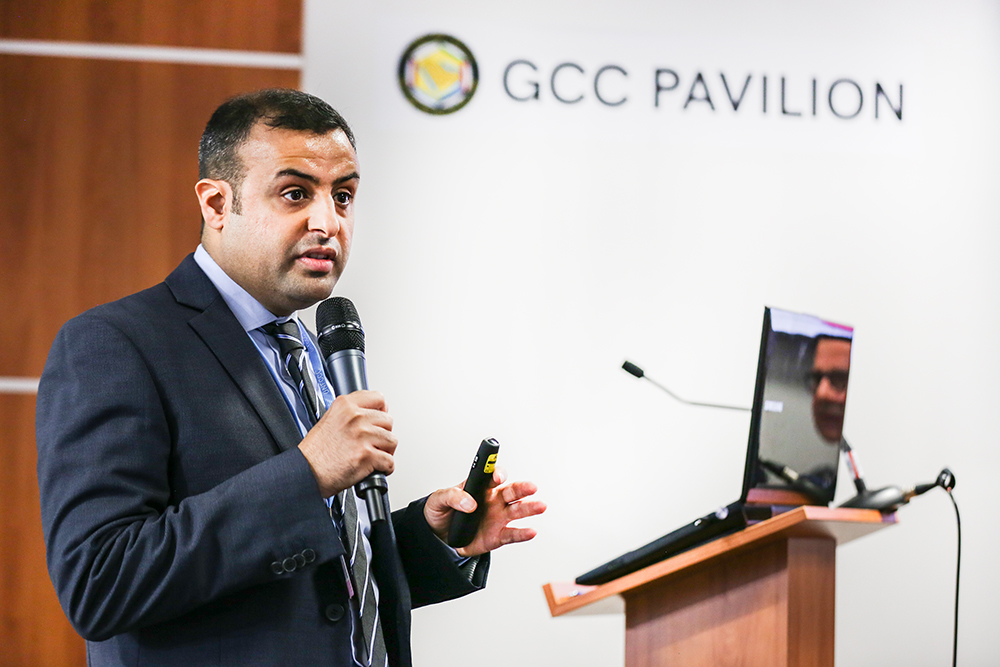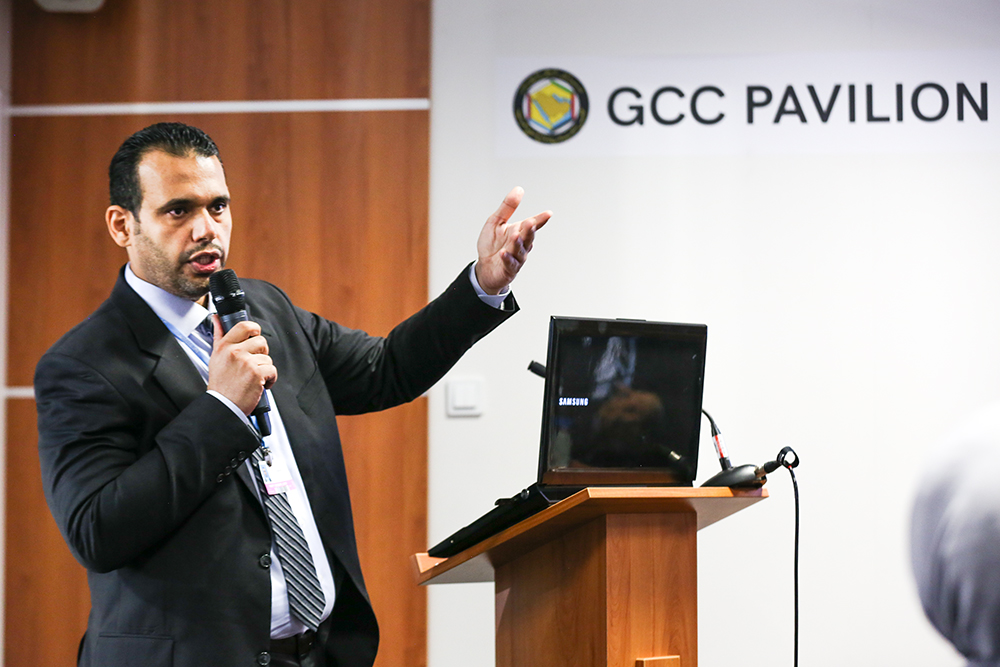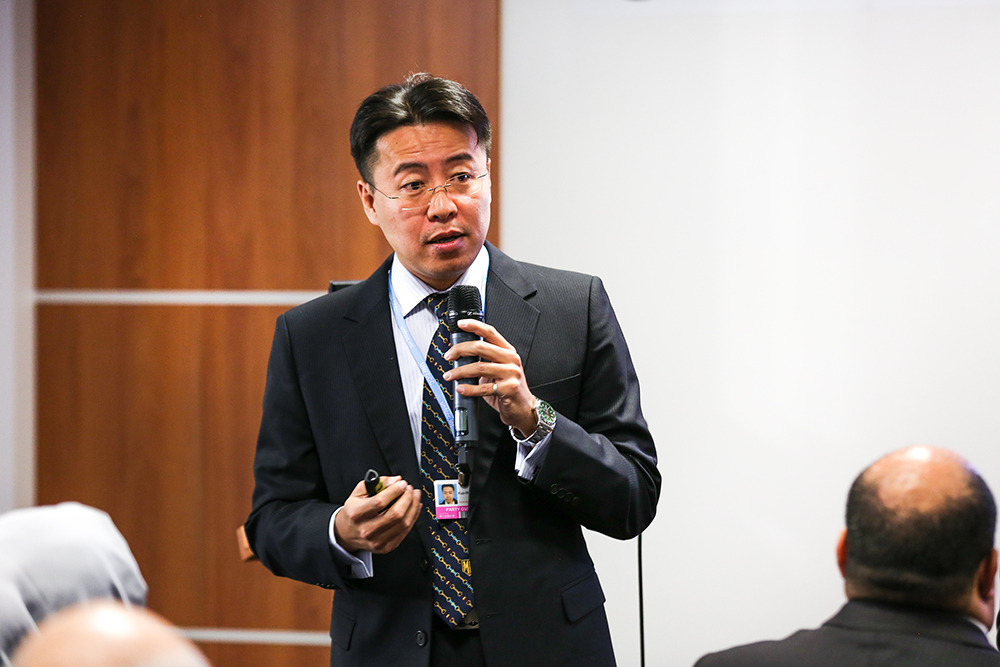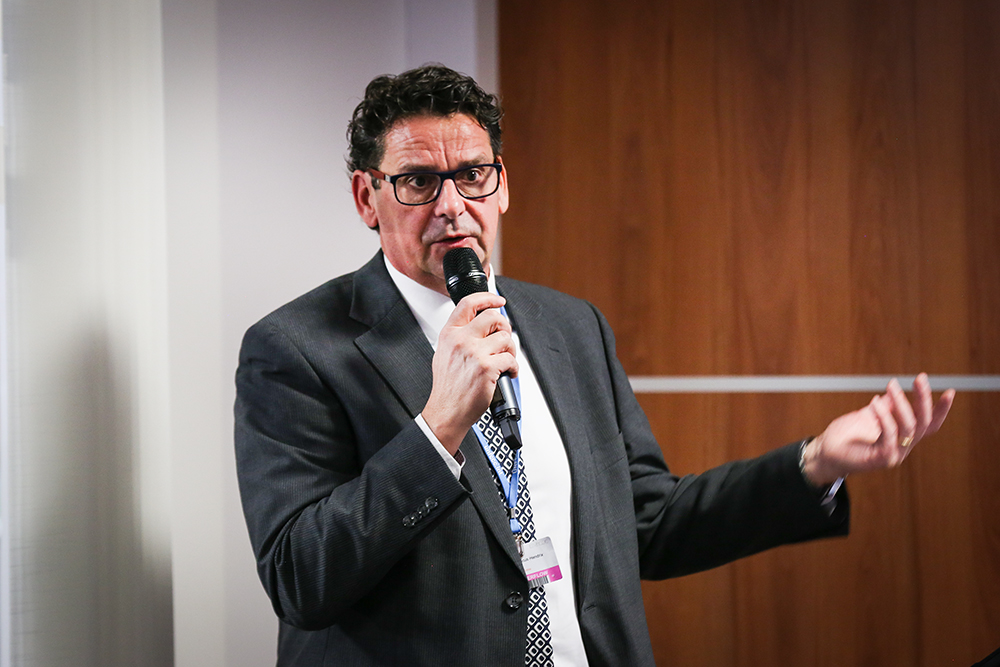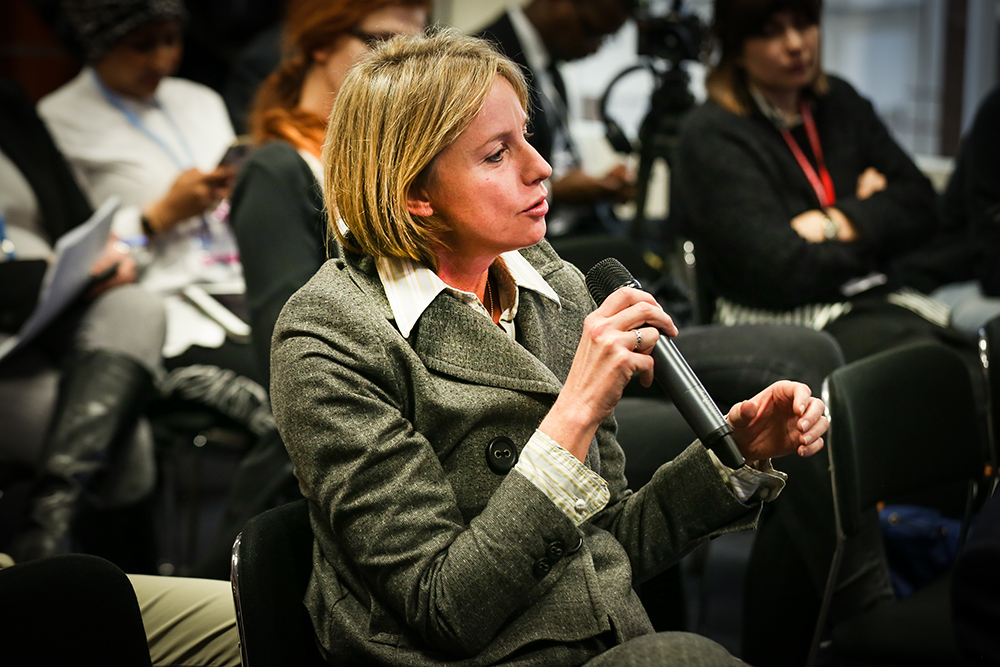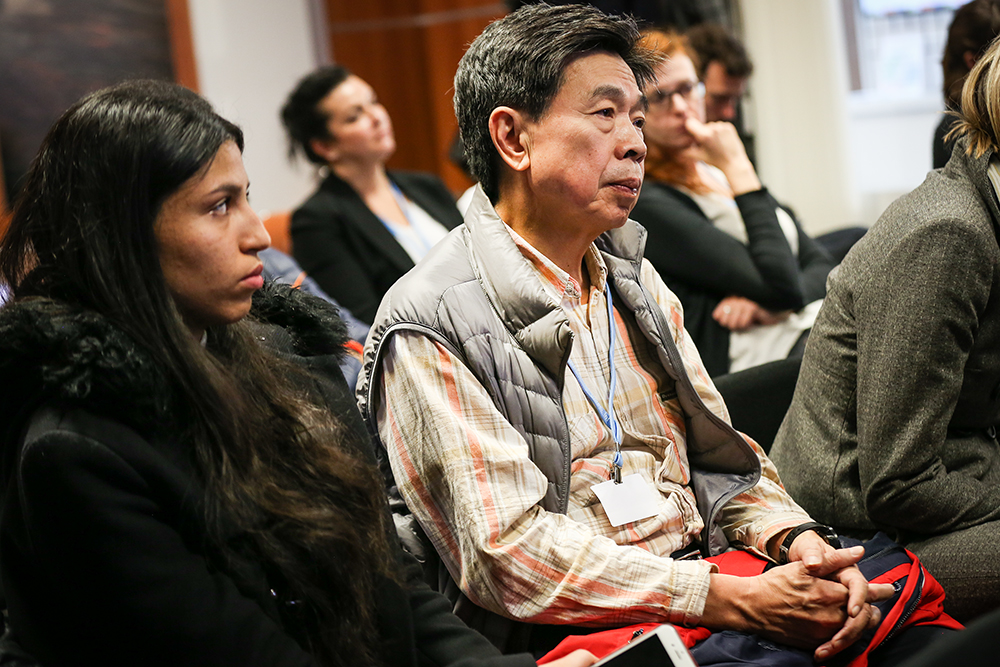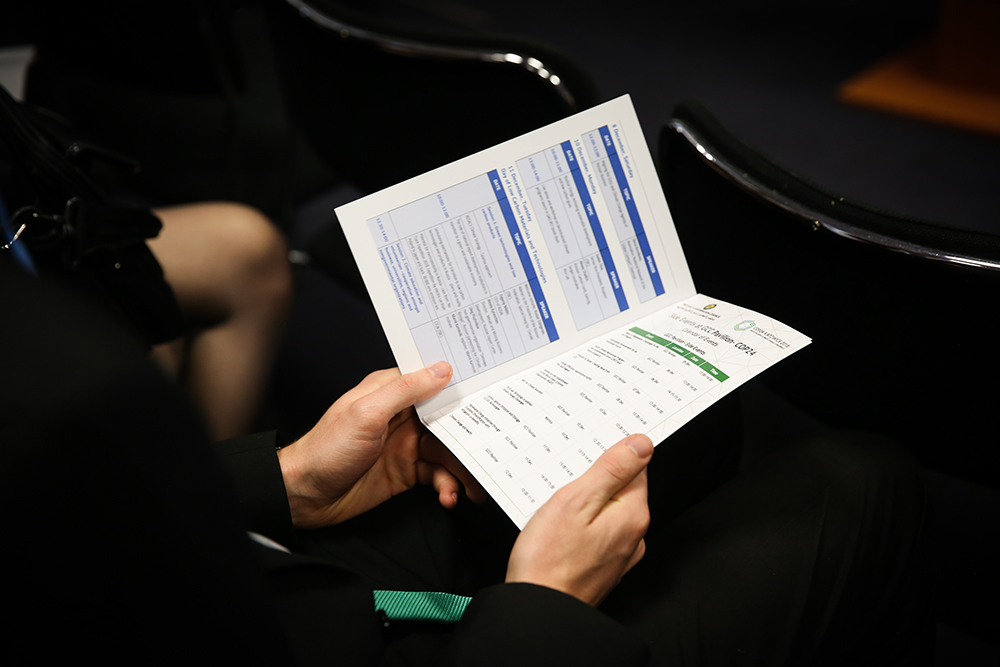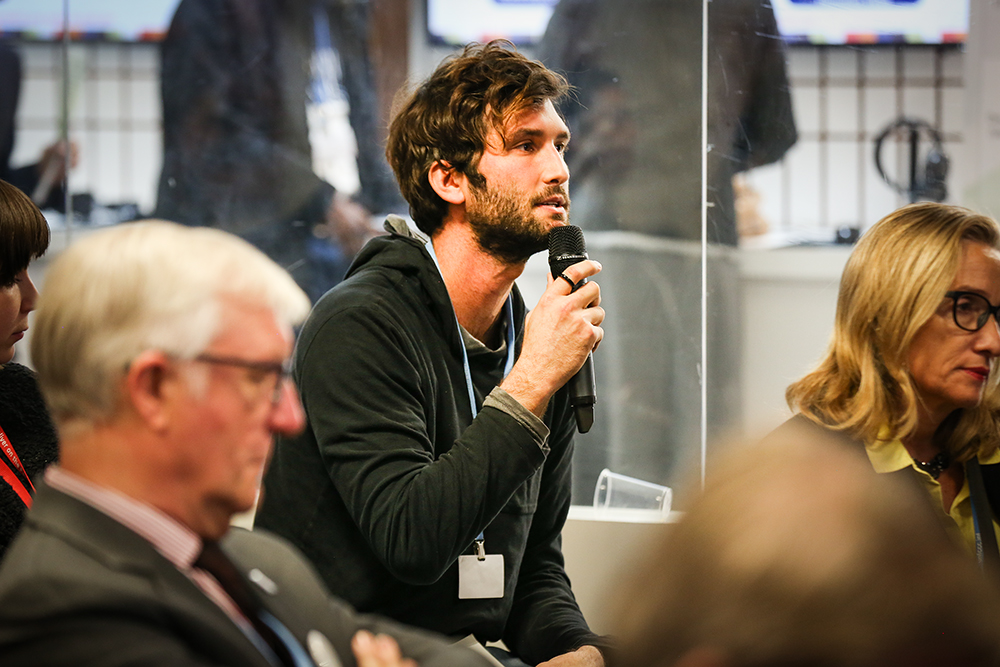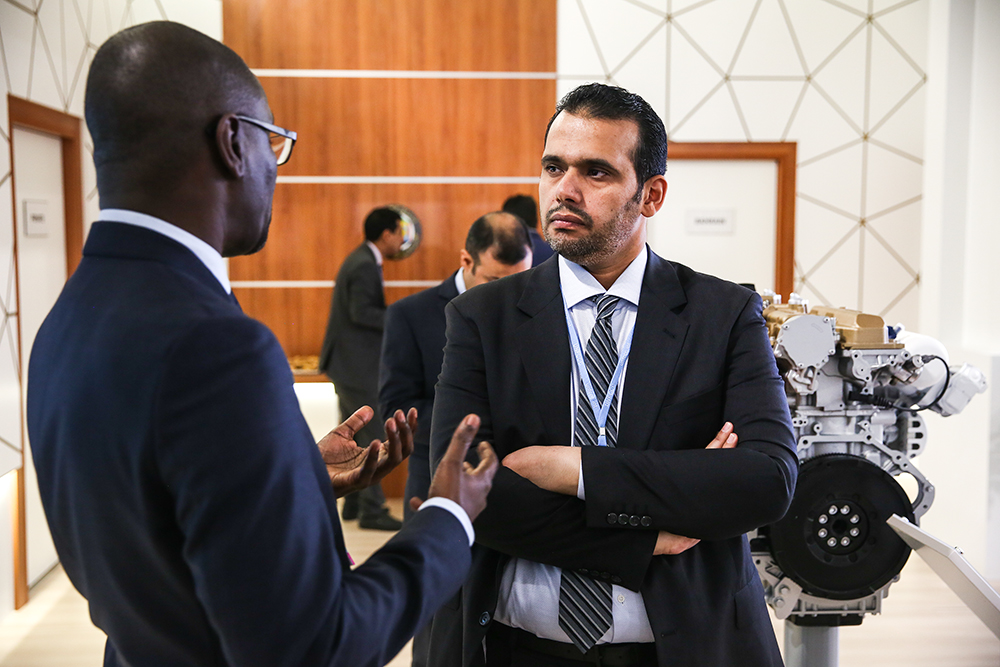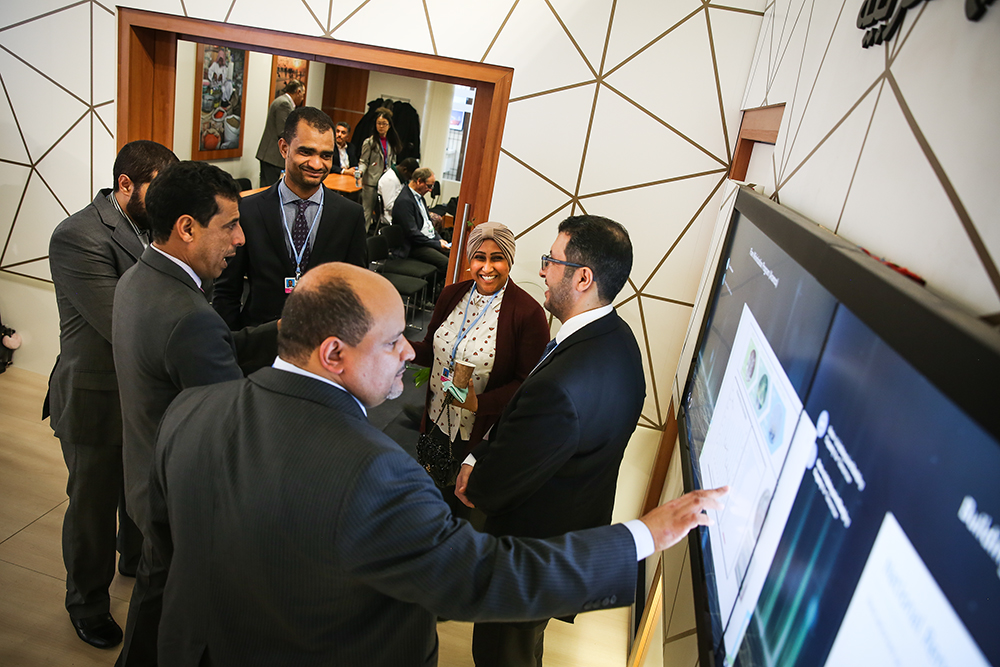Summary

Posted by IISD Reporting Services on Saturday, 8 December 2018
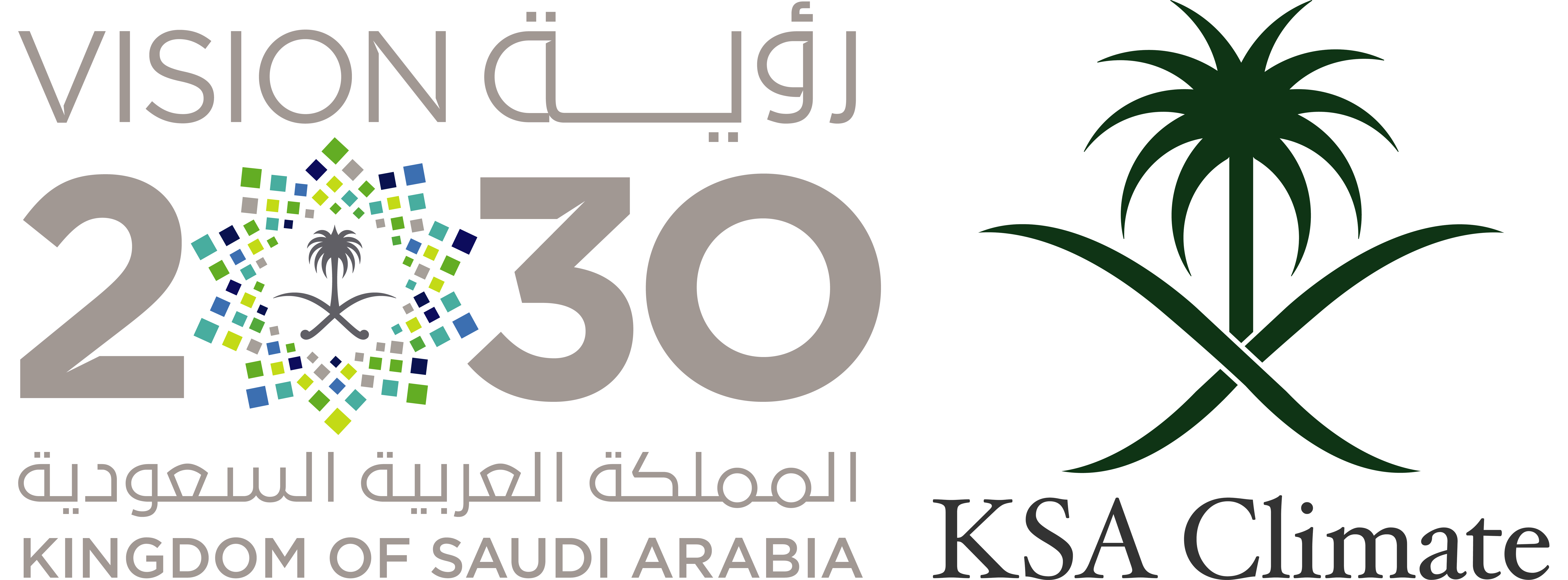 IISD Reporting Services, through its ENB+ meeting coverage, is providing coverage of selected GCC Pavilion events at the Katowice Climate Change Conference - December 2018, including written, digital and video coverage. The following event was covered by IISD Reporting Services on Friday, 7 December 2018:
IISD Reporting Services, through its ENB+ meeting coverage, is providing coverage of selected GCC Pavilion events at the Katowice Climate Change Conference - December 2018, including written, digital and video coverage. The following event was covered by IISD Reporting Services on Friday, 7 December 2018:
Photos by IISD/ENB | Natalia Mroz / Diego Noguera
For photo reprint permissions, please follow instructions at our Attribution Regulations for Meeting Photo Usage Page
Emission to Value: Creating Value from CO2
Presented by the Kingdom of Saudi Arabia
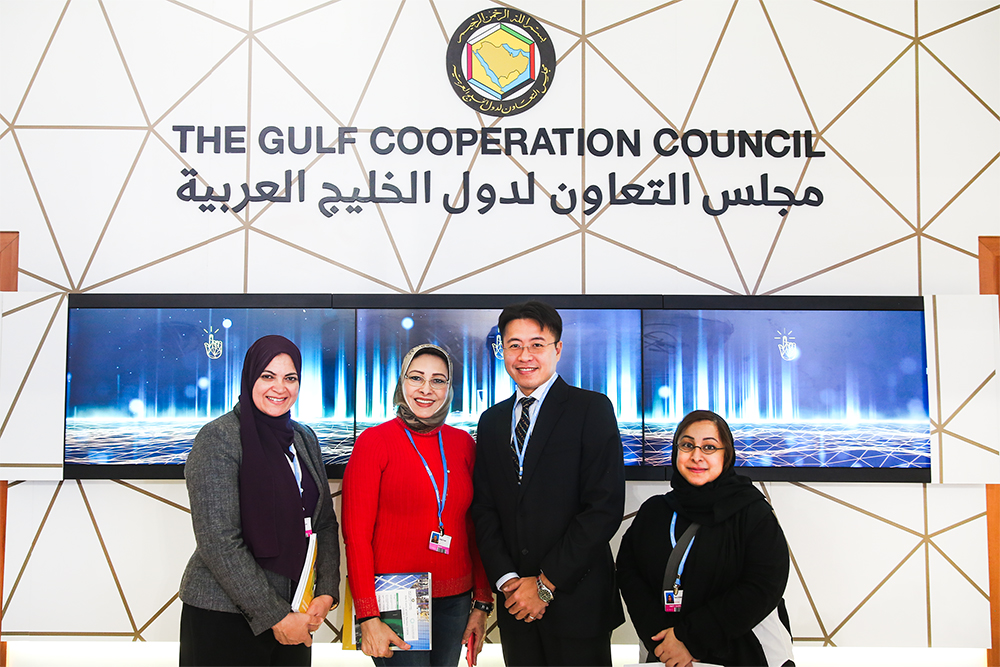
At this event, GCC countries shared their efforts, progress and perspectives on future market potential for CO2 capture, including transportation and conversion into feedstock; value-adding processes; and utilization in a broader range of industries, including chemicals, cement manufacturing, and energy.
Moderator Henk Hendrix, Saudi Basic Industries Corporation (SABIC), opened by highlighting that Saudi Arabia’s goal is to exploit CO2 as an opportunity for application industries.
Ammar Al-Shehri, Saudi Aramco, presented on Saudi Aramco’s Uthmaniyah Carbon Dioxide Enhanced Oil Recovery (CO2-EOR) Demonstration Project, which focuses on: elaborating a monitoring and surveillance program to determine volumes of sequestered CO2; plume evolution; containment of CO2; and incremental oil recovery. He described the project as a long-term resource planning strategy for the company and an approach to protecting the environment. Al-Shehri explained that CO2 is captured, dehydrated, compressed and transported from an anthropogenic gas plant to the injection site through an 85km pipeline at a rate of 800,000 tonnes of CO2 per year. He concluded by highlighting that the project has become a platform for innovation and knowledge dissemination in this area.
Khalid Al-Bahily, SABIC, suggested designing cost-effective processes for CO2 capture and reuse in order to reduce greenhouse gas emissions, and turn CO2 into a feedstock for valuable products. He said SABIC operates the world’s largest CO2 purification plant, and described technology to produce methanol using a catalyst which reduces the poisoning effect of CO2 on the methanol catalyst. He showed that this technology has allowed the capture of three times more CO2 per ton of methanol produced than through conventional methods. Al-Bahily also explained the use of sulphur, which is readily available in the gulf region in producing sulfuric acid through combination with CO2. He reported that the assessment of energy consumption for this plant has shown a high-energy efficiency.
Kuo-Wei Huang, King Abdullah University of Science and Technology (KAUST), highlighted that the current levels of carbon-based fossil fuels, which supply over 81% of the world’s energy demands, continue to compromise efforts towards greenhouse gas reductions. He said that whereas solar is a promising solution to reducing greenhouse gases in the energy sector, solar farms require a large surface area for their operations. This, he noted, may compromise food production, which also requires vast land areas. Huang presented technologies developed at KAUST, using formic acid as an environmentally friendly fuel. This technology, he said, involves rehydrogenation of CO2 to form formic acid, a nontoxic and environmentally benign liquid with low flammability, and thus the existing gasoline infrastructure may be easily adapted for its distribution. He presented the prototype of the world’s first formic acid car, noting that this technology is easily compatible with other power systems, including hydrogen cells and can be designed to provide specific products to meet individual customer and user needs.
Tidjani Niass, Saudi Aramco, presented on the company’s Oil and Gas Climate Initiative (OGCI), a voluntary CEO-led partnership between major oil and gas companies. Noting that Saudi Aramco has a history in environmental stewardship, he outlined potential use of CO2 other than sequestration, including for: daily use, such as for beverages and dry ice; enhanced oil recovery through carbon capture, utilization, and storage (CCUS); polymers; working fluid for power cycles; electrochemical and photochemical CO2 conversions; and carbonates used for construction materials. He concluded by emphasizing that:
- turning GHG emissions into value is an attractive value proposition;
- Saudi Aramco is advancing a wide range of CO2 utilization technologies, with investment in research and development (R&D); and
- more collaboration is needed to develop breakthrough materials and processes to turn emissions into value.
Moderator Hendrix suggested that these efforts to create value from CO2 will contribute to a circular economy. In the ensuing discussion, participants considered: the effective ways to take CO2 carbon captures to facilities, such as natural gas stations; economic diversification, citing the SABIC example that produces chemicals for the rest of the world; the usage of existing oil and gas to make CO2 opportunities vs. potential transition to renewables as a way to contribute to energy efficiency and delivering sustainability for all; and the risks and challenges associated with CCUS.
